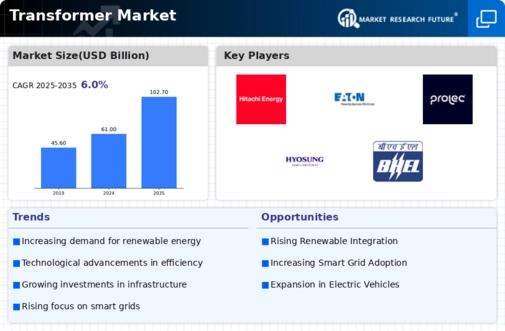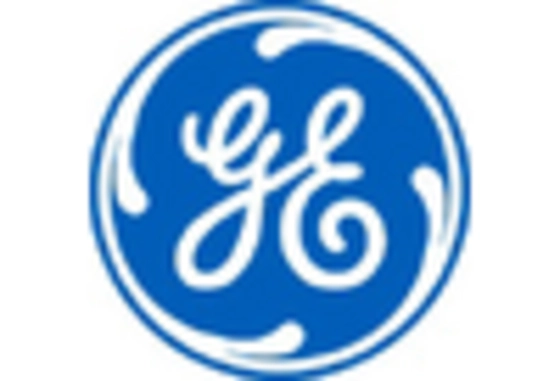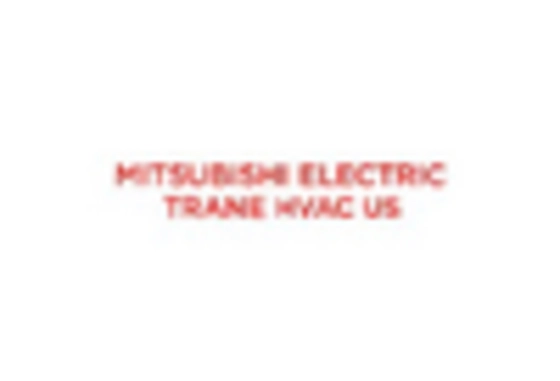Market Trends
Key Emerging Trends in the Transformer Market
Electricity is a vital force that shapes our modern world and influences our quality of life. It is a driving factor for overall economic development and social progress. Power utilities play a crucial role in ensuring a continuous and reliable supply of electricity to every corner of the globe. However, to enhance the efficiency of the power ecosystem, improve grid reliability, access real-time information, and promote energy conservation through operational efficiency, a digital transformation is essential.
Across the globe, many utilities are embracing digitalization by incorporating smart meters and advanced metering infrastructure. These technologies enable the collection of real-time usage data from customers and provide functionalities for control, such as time-based rates and demand response. For example, CenterPoint Energy in the United States implemented an advanced metering system, SCADA mobile data platform, and a customer vision platform. This initiative aimed to strengthen the connection between the utility company and its customers, fostering better communication and service.
Similarly, General Electric in the United States initiated a smart grid test program to showcase the potential of integrating digitally equipped devices owned by customers with General Electric's smart grid for customer energy programs. This illustrates the shift toward a more interconnected and digitally-driven approach in the power sector.
The adoption of digital technologies in power utilities brings several advantages. Smart meters and advanced metering infrastructure allow utilities to gather real-time data on electricity usage patterns. This data is invaluable for optimizing energy distribution, identifying areas of high demand, and implementing strategies to enhance overall grid performance.
Moreover, digitalization facilitates the implementation of innovative features like time-based rates and demand response. Time-based rates allow utilities to adjust electricity pricing based on the time of day, encouraging consumers to use energy during off-peak hours when it is more abundant. Demand response enables utilities to manage electricity consumption during periods of high demand by incentivizing consumers to reduce their usage temporarily.
The example of CenterPoint Energy demonstrates how these digital advancements can improve the relationship between utility companies and their customers. With real-time data and better communication channels, utilities can address customer needs more efficiently, respond to outages promptly, and provide personalized services.
General Electric's smart grid test program highlights the potential for collaboration between utilities and consumers in creating a more integrated energy ecosystem. When customers' digitally equipped devices are synchronized with the smart grid, it opens up opportunities for enhanced energy management, increased efficiency, and a more sustainable use of resources.
In conclusion, the digital transformation of power utilities is a pivotal step towards improving the efficiency and reliability of the global power ecosystem. Smart meters and advanced metering infrastructure lay the foundation for real-time data collection, enabling utilities to make informed decisions about energy distribution. The integration of digital technologies also fosters a closer relationship between utilities and consumers, paving the way for more personalized services and responsive energy management. As the world continues to evolve, the digitalization of power utilities will play a crucial role in shaping a more connected, efficient, and sustainable energy future.

















Leave a Comment